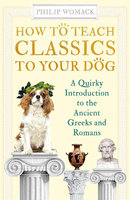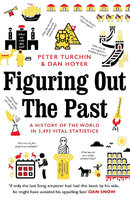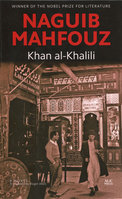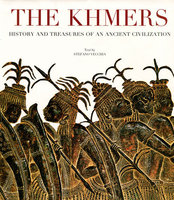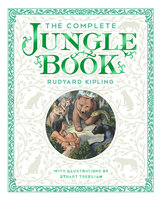New, Quality Gift Books - 50-90% off - over 2500 titles
Your basket is empty.
Categories Last Chance to buy! HISTORY OF THE CLASSICAL WORLD
HISTORY OF THE CLASSICAL WORLD
Book number: 93622
Product format: Paperback
In stock
Bibliophile price
£6.50
Published price
£19.99
Customers who bought this product also bought
|
HOW TO TEACH CLASSICS TO YOUR DOG
Book number: 94239
Product format: Paperback
Bibliophile price
£2.50
Published price
£9.99
|
FIGURING OUT THE PAST: A History of The World
Book number: 94204
Product format: Paperback
Bibliophile price
£5.00
Published price
£10.99
|
KHAN AL-KHALILI
Book number: 94878
Product format: Paperback
Bibliophile price
£4.50
Published price
£12.95
|
|
HELGOLAND: Making Sense of The Quantum Revolution
Book number: 93928
Product format: Hardback
Bibliophile price
£7.50
Published price
$20
|
KHMERS: The History and Treasures of An Ancient Civilization
Book number: 94366
Product format: Paperback
Bibliophile price
£3.50
Published price
£18.99
|
COMPLETE JUNGLE BOOK: The Definitive Macmillan Edition
Book number: 90184
Product format: Hardback
Bibliophile price
£19.00
Published price
£35
|
Browse these categories as well: Last Chance to buy!, History

